A handful of new books document practices across the globe, covering a range of cultural and civic projects and urgent ecological and societal issues.
Radical Practice: The Work of Marlon Blackwell Architects
Edited by Peter MacKeith and Jonathan Boelkins. Princeton Architectural Press, 512 pages, $80.
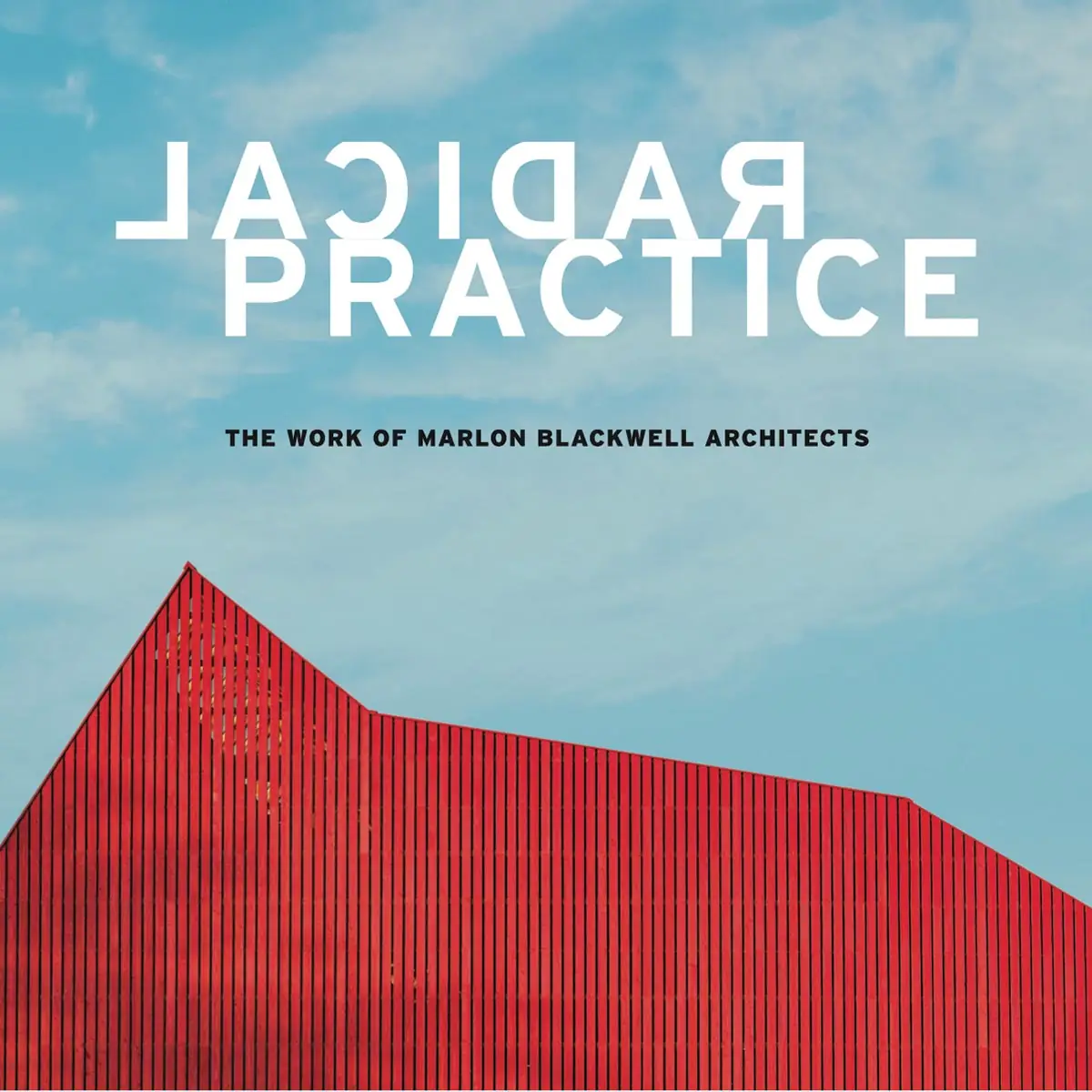
This hefty book is a celebration of 30 years of practice by the 2020 AIA Gold Medal–winning architect Marlon Blackwell and his partner, Meryati Johari Blackwell. A portfolio of 13 projects by the Fayetteville, Arkansas–based studio, it emphasizes designs for the public and civic realms. “The broader and deeper story, however, is one of place-based design,” writes Peter MacKeith, “attentive to the necessities of climate, materials, labor, and purpose in the region, but also attentive to overlooked or undervalued precedents, typologies, locales, and clients.”
Out of the Ordinary: The Work of John Ronan Architects
By John Ronan. Actar, 360 pages, $54.95.
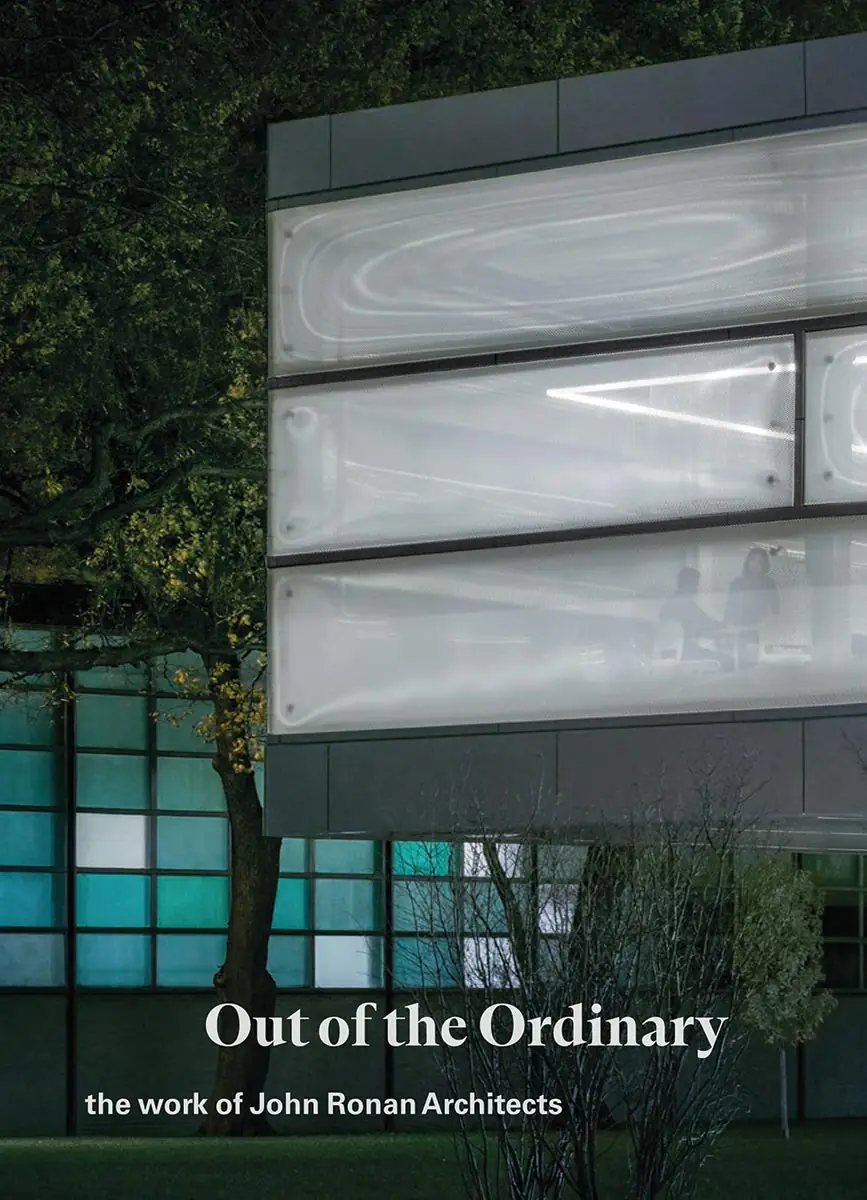
Previously, architectural production was constrained by the limits of technology. But what does an architect do when anything is possible? Chicago-based John Ronan is not after novelty of form, and instead says his work is about relationships. “I believe that too much contemporary architecture is about getting noticed, making visual one-liners that can be consumed in a single glance. My aim is to design buildings with richness and subtlety, that reward repeated experiencing and close attention.”
Caruso St John: Collected Works Volume 1, 1990–2005
By Caruso St John. Mack Books, 416 pages, $80.
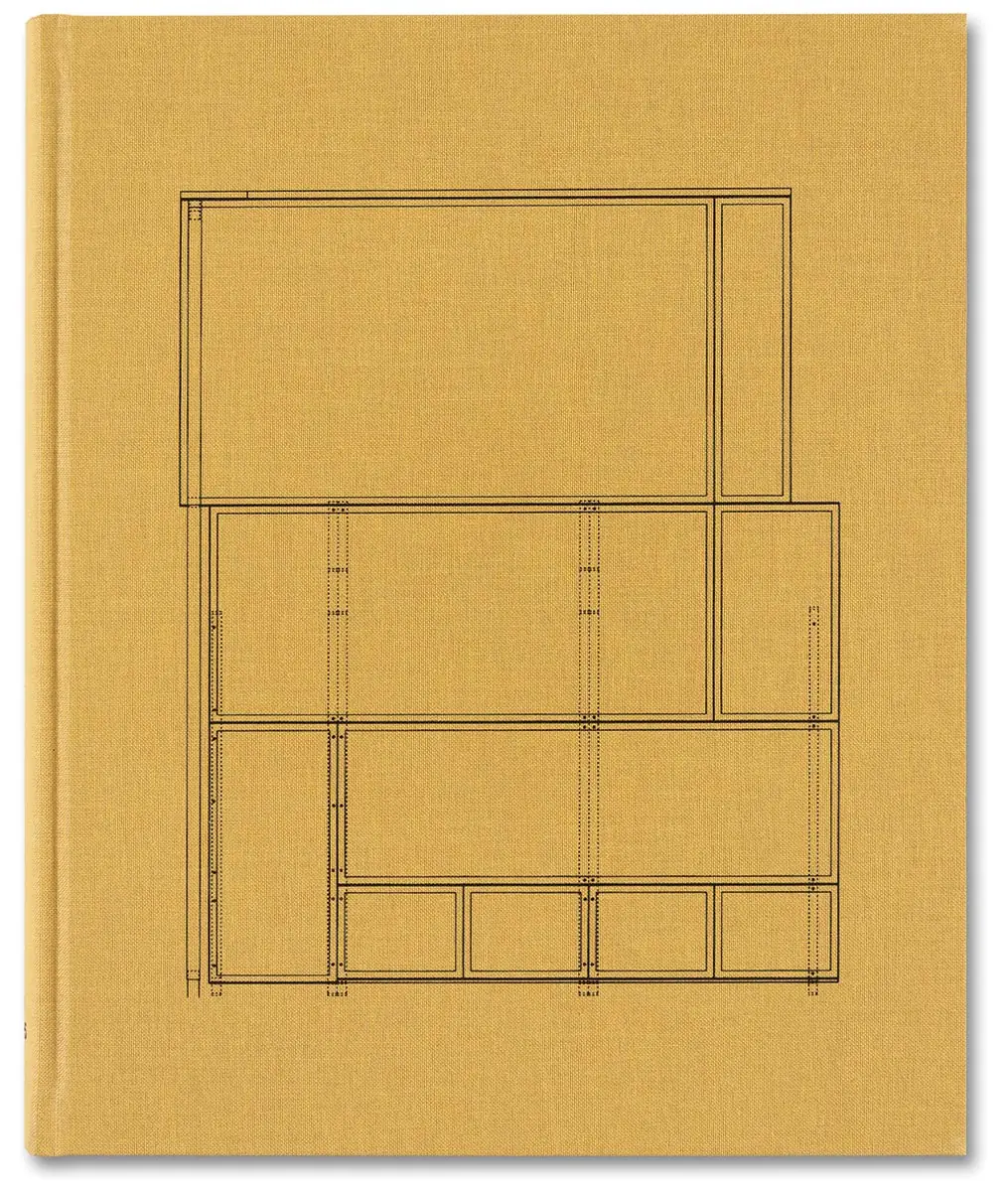
The first volume of Caruso St John’s Collected Works covers the first 15 years of Adam Caruso and Peter St John’s partnership, offering a detailed reflection on the London-based practice’s activities between 1990 and 2005. Diverse projects such as the progressive iterations of Peter St John’s home at Orleston Mews and the signage system for London’s Bankside sit in dialogue with more well-known projects. Bringing together the renowned and the minor, the peripheral and the spectacular, the ugly and the beautiful, this book, the first comprehensive monograph on the practice, embodies Caruso St John’s guiding principle that the contemporary world is composed not only of the new but of everything that has come before.
A Radical Vision by OPEN: Reinventing Cultural Architecture
By Catherine Shaw. Rizzoli, 224 pages, $50.
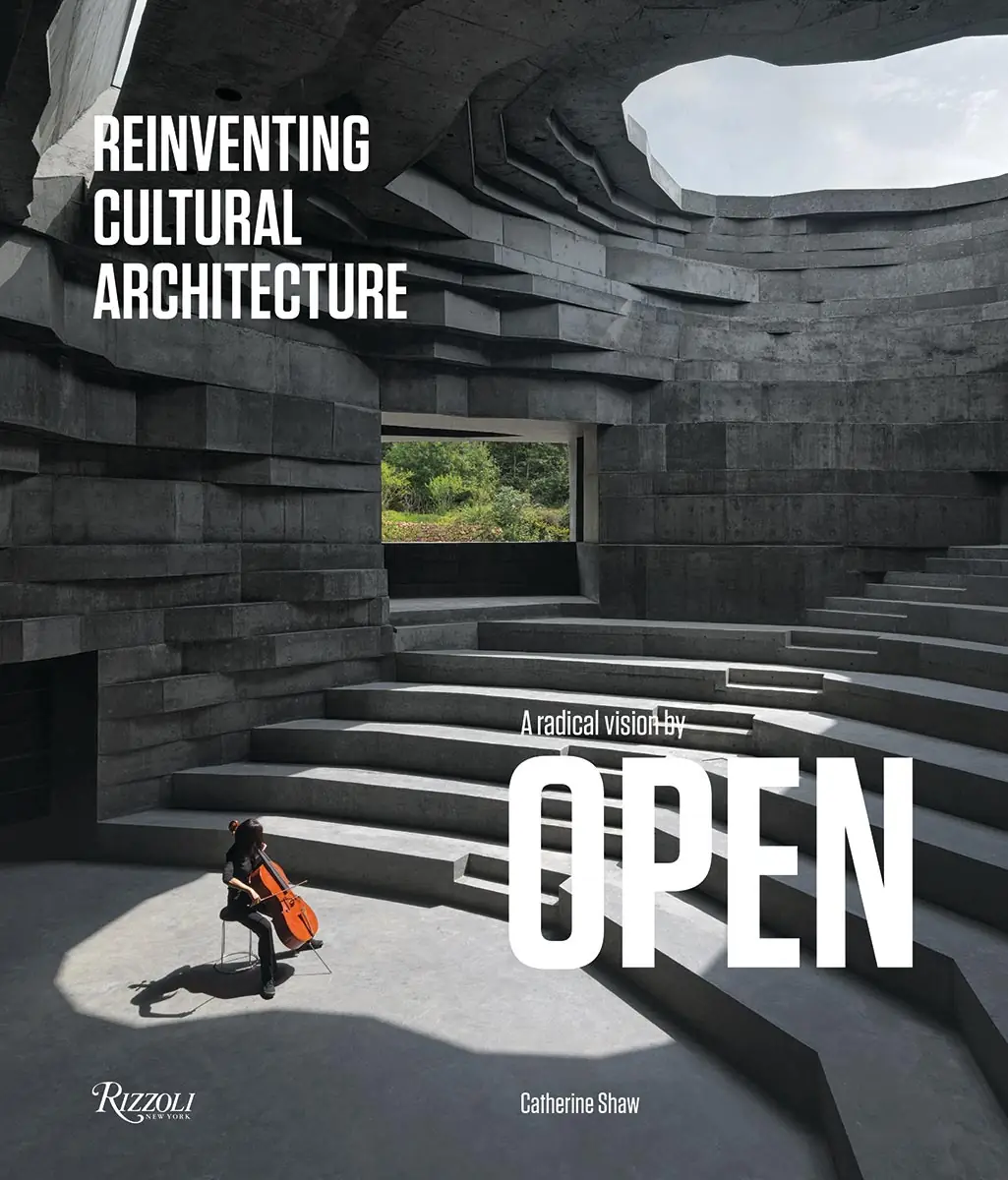
“We believe that it is important to be radical in our thinking, and to question whether traditional ideas are still valid in our new conditions.” These are the words of Li Hu and Huang Wenjing, the husband-and-wife team behind OPEN Architecture. After years working for firms in the U.S., the China natives founded their studio in Beijing in 2008. They have since completed several very unconventional cultural projects, including Tank Shanghai, which repurposes giant oil tanks on a former industrial site as a now- popular arts center and park. For the UCCA Dune Art Museum, the architects buried much of the building under an undulating sand dune. In the foreword to the book, record contributor Aric Chen writes, “OPEN is one of the leading protagonists in this shift towards an architecture that responds more profoundly to China’s needs, circumstances, and possibilities.”
Jan Kaplický: For the Future and For Beauty
By Ivan Margolius. Edition Axel Menges, 376 pages, $89.
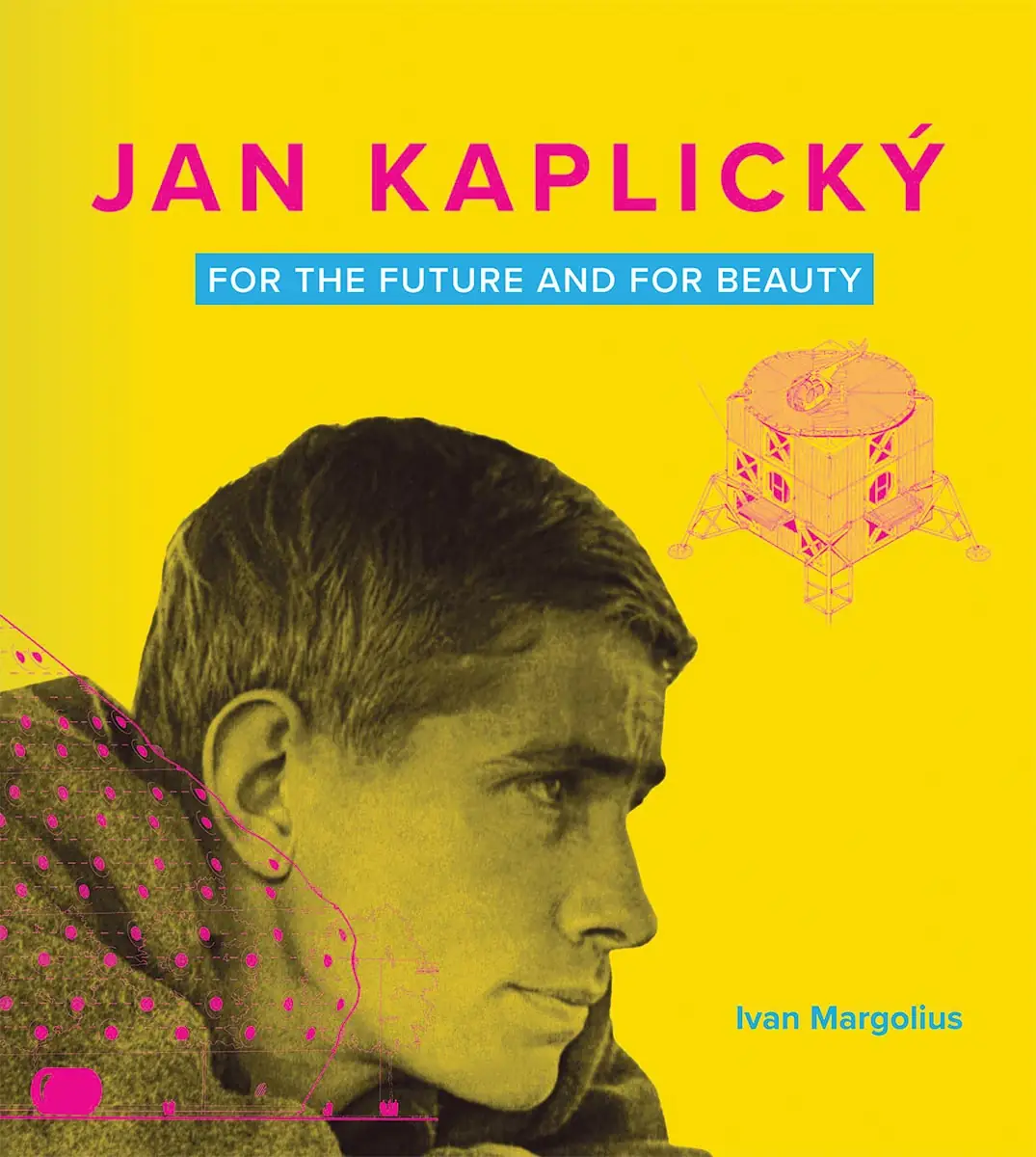
This is the first monograph on the life and work of the Czech-born British architect Jan Kaplický (1937–2009), cofounder with Amanda Levete of the innovative Future Systems studio in 1979. While the author was a friend and fellow Czech émigré, the book has many voices and a kaleidoscopic format that truly explore Kaplický’s complex personality and creativity.
Verify in Field: Projects and Coversations Höweler + Yoon Architecture
By Eric Höweler and J. Meejin Yoon. Park Books, 316 pages, $50.
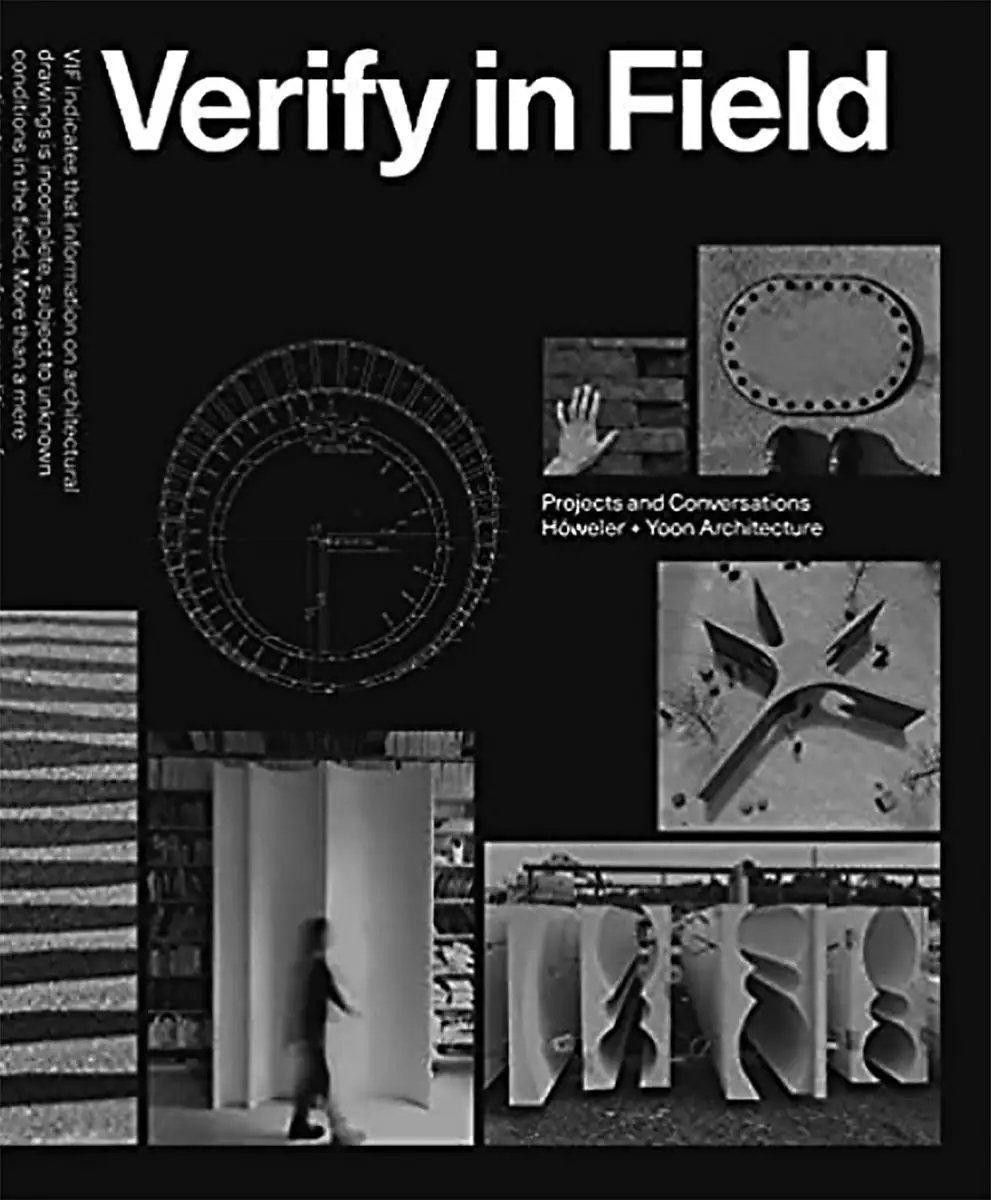
The new MIT Museum (page 34) is the latest project by Boston-based practice Höweler + Yoon. Their book’s exploration of recent work by the former Design Vanguard firm demonstrates how verification is an integral part of the design process, and how uncertainty and agency come into play in architectural design.
Leddy Maytum Stacy Architects/Practice with Purpose: A Guide to Mission-Driven Design
By LMSa; foreword by Edward Mazria; introduction by Robert McCarter. Oro Editions, 200 pages, $39.95.
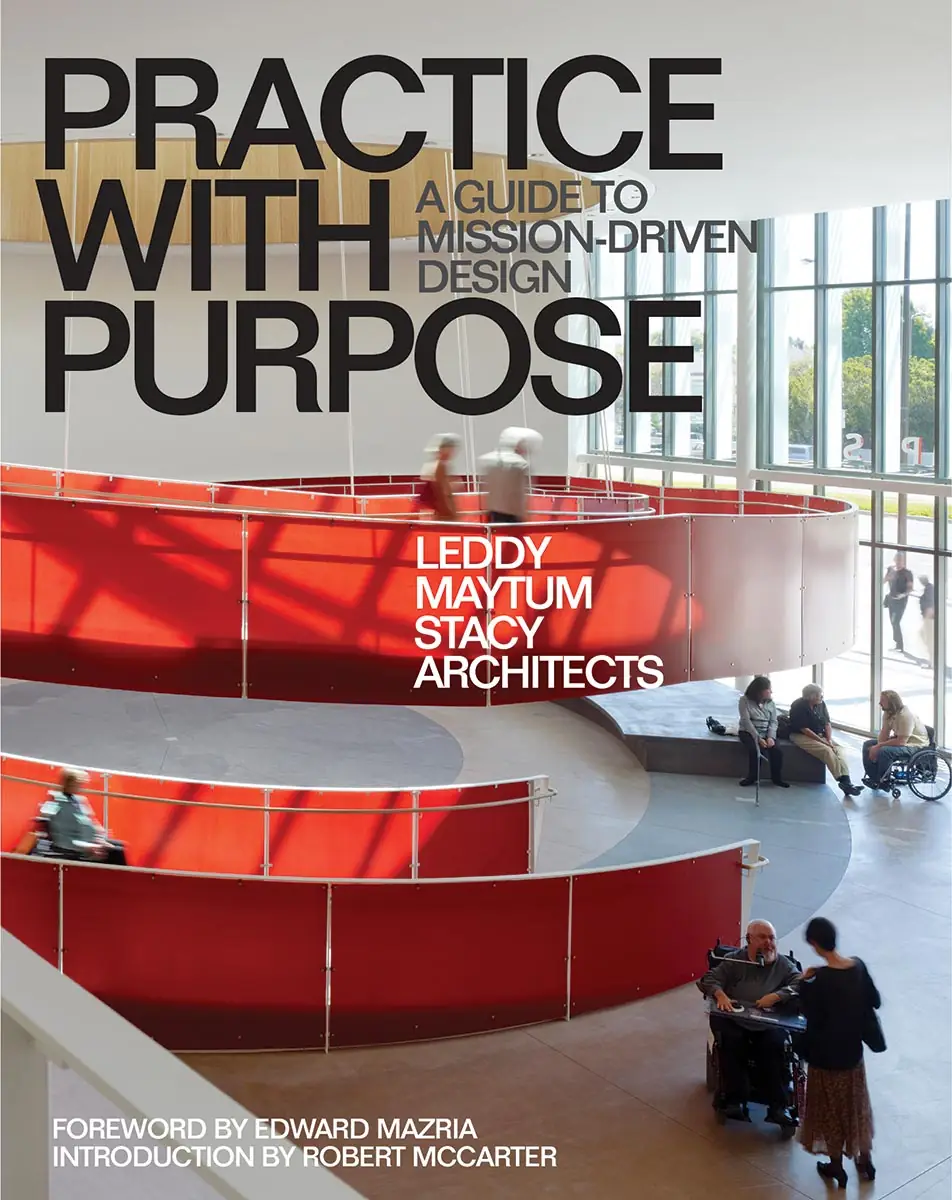
Twenty years ago, San Francisco–based Leddy Maytum Stacy Architects (LMSa) rededicated its practice to focus on urgent ecological and societal issues. This book is a call to action for the profession to “design beyond the property lines.” It features 15 case studies showing how architects can become creative agents of change, with designs that not only address the critical concerns of 21-century architecture, but also bring clients and users into dialogue. As Robert McCarter writes, “LMSa has been a leader in recognizing that two of the most critical limitations on architectural practice are those that hinder the achievement of social justice, and those that we must impose on ourselves to ensure planetary survival.”
Young Projects: Figure, Cast, Frame
By Bryan Young. Monacelli, 308 pages, $55.
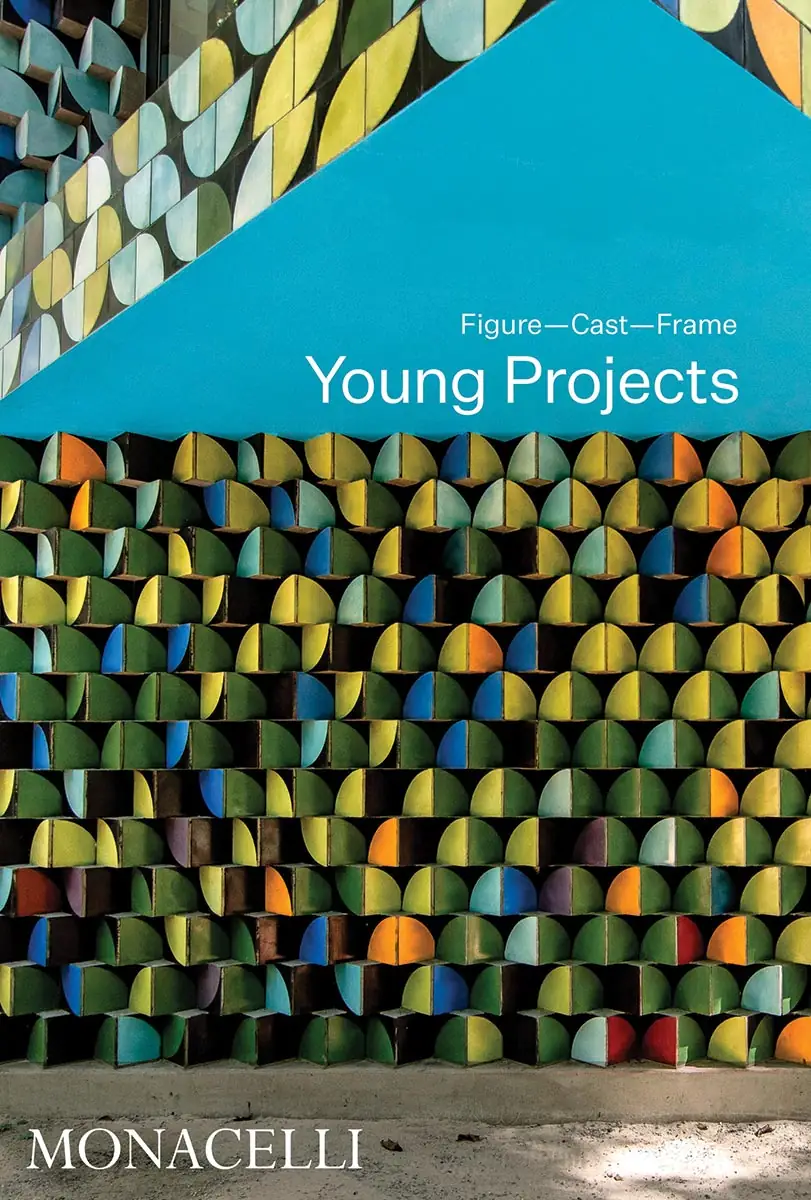
A 2020 Record Design Vanguard firm, Young Projects seeks to draw users into immersive spatial experiences that unfold over time, in a manner that is familiar but subtly foreign. This first monograph for the New York–based firm presents a selection of projects, including five innovative houses completed between 2015 and 2020, and goes less deeply into other projects that define the practice. Each house serves as a chapter through which the studio’s broader body of work is explored across scales, illustrated through a rich landscape of drawings, diagrams, renderings, mock-ups, prototypes, and photography.
Pentagram: Living by Design
By Adrian Shaughnessy; edited by Mark Sinclair. Unit Editions, 1,400 pages, $200.

Published in two densely illustrated volumes and spread over 1,400 pages, this limited-edition collection includes The Biography, which offers a comprehensive analysis of the partner-owned design studio, and The Directory, profiles of all 50 partners, past (27) and present (23), accompanied by extensive coverage of their work. The in-depth survey marks 50 years of Pentagram, from the group’s beginnings in 1970s London to its current status as one of the powerhouses of international design. It is a visual journey through Pentagram’s vast repository of archival material—from invitations to parties, original artwork, and candid photographs to the situating of an Antony Gormley sculpture on the roof of Pentagram’s New York office. Both books are designed by Tony Brook and the Spin design team, and use a range of paper stocks and special colors.






Post a comment to this article
Report Abusive Comment